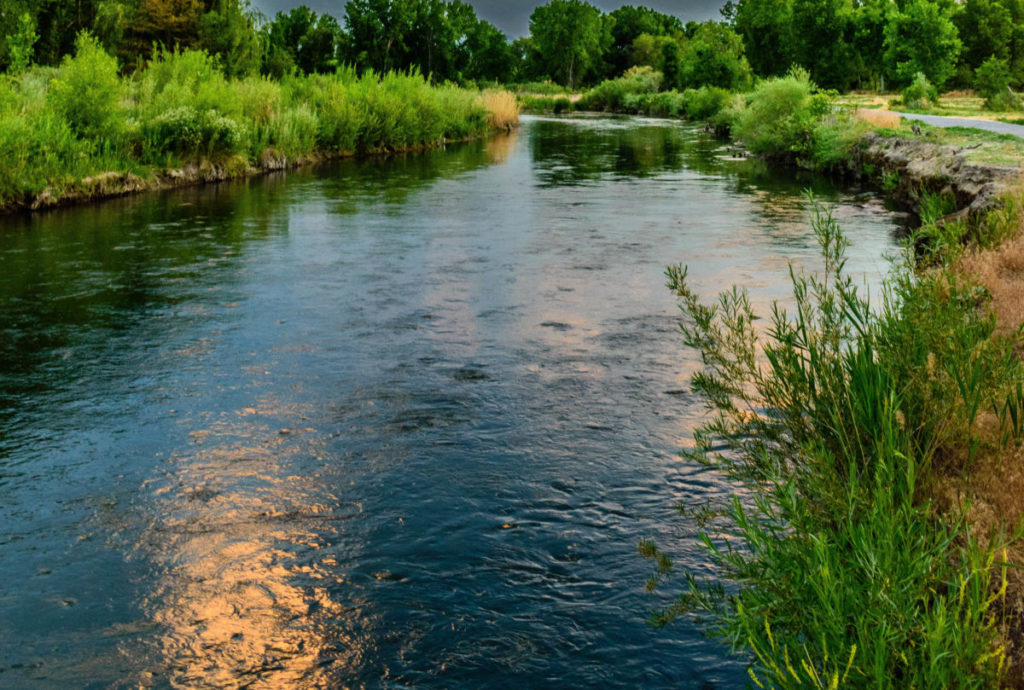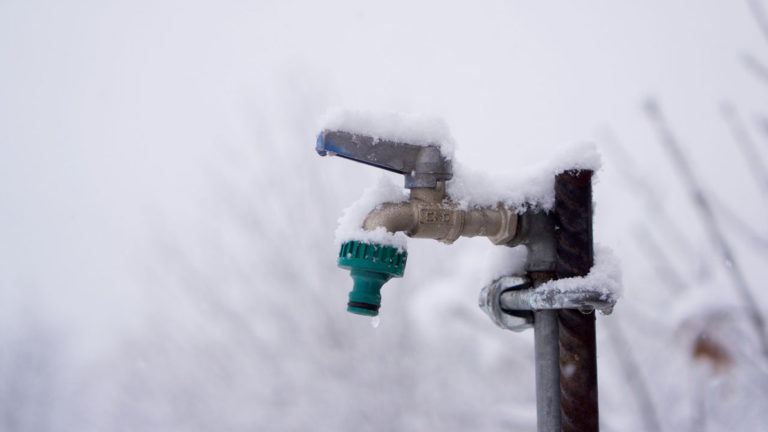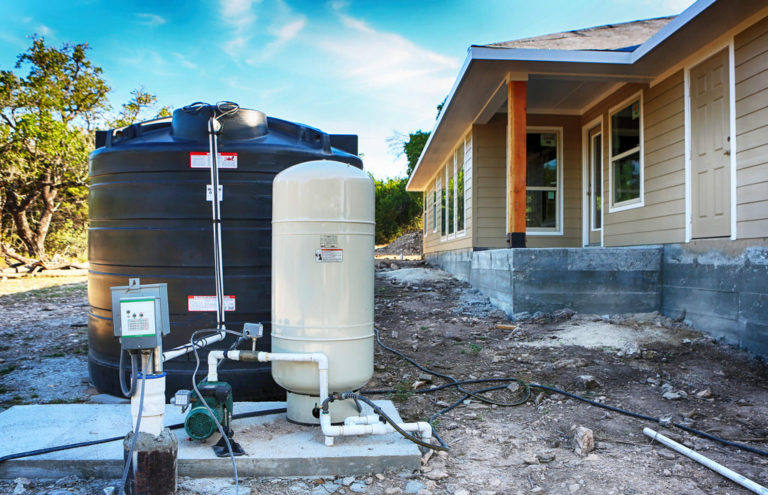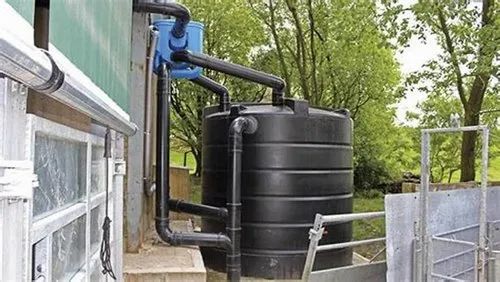As a homesteader, you understand the importance of having access to clean water for drinking, irrigation, and household use.
However, finding reliable sources of freshwater can be a challenge, especially if your property is located near a muddy creek or other contaminated water source.
Fortunately, there is a solution that can help you turn murky water into crystal clear cleanliness: building a ceramic filter for your homestead’s water needs.
We will explore the benefits and process of constructing a ceramic filter system, so you can enjoy the purest water possible for your homestead, no matter where it’s located.
Determine your water source
Before building a ceramic filter, you need to determine where your water source is. This could be a pond, lake, stream, or well.
This is because the filter will need to be tailored to the specific water characteristics and contaminants present in your water source.
For instance, if your water source is a pond, you may need to consider the presence of algae, suspended solids, and other organic matter that can clog the filter and reduce its effectiveness.
On the other hand, if your water source is a well, you may need to focus on removing bacteria, viruses, and other microorganisms that can pose health risks.
By determining your water source, you can select the appropriate materials and design the filter to effectively remove the contaminants present in your water, ensuring a safe and reliable source of clean drinking water.
Knowing your water source will also help you determine the volume of water you need to filter and the frequency of filter cleaning or replacement, based on the usage and demand of your household.
So, before building a ceramic filter, take the time to assess your water source and choose the appropriate materials and design to ensure optimal performance and safety.
Choose the right filter medium
Ceramic filters use a medium such as diatomaceous earth (DE) or activated carbon to remove impurities from the water. DE is effective at removing sediment and other particles, while activated carbon is better at removing chemicals and organic compounds.
Choosing the right filter medium is important for effective water purification.
In ceramic filters, the medium used can vary, but two common options are diatomaceous earth (DE) and activated carbon.
DE is an excellent choice for removing sediment and other particles from the water, while activated carbon is more effective at removing chemicals and organic compounds.
DE is made up of the fossilized remains of tiny aquatic organisms called diatoms.
It has a high surface area and porosity, making it an excellent adsorbent and filter medium.
DE can effectively remove sediment, dirt, and other particles as small as 5 microns from the water, producing a cleaner and clearer final product.
Activated carbon, on the other hand, is made from organic materials like coconut shells or bamboo.
It has a high surface area and is highly adsorbent, making it effective at removing chemicals and organic compounds from the water.
Activated carbon can remove a wide range of contaminants, including chlorine, pesticides, and herbicides, as well as odors and tastes.
When choosing a filter medium, it’s important to consider the specific contaminants present in the water and the desired level of purity.
If the water contains high levels of sediment or particulate matter, DE may be the better choice.
However, if the water contains a high concentration of chemicals or organic compounds, activated carbon may be more effective.
By selecting the appropriate filter medium, you can ensure that your ceramic filter provides the best possible purification results.
Select the right filter design
There are several types of ceramic filter designs, including the popular Catesby filter and the Pahl’s filter. Choose a design that is appropriate for your water source and needs.
When it comes to choosing the right ceramic filter design for your water source and needs, there are several factors to consider.
One popular design is the Catesby filter, which features a large, centralized filter element that is surrounded by a network of smaller filter elements.
This design is ideal for removing sediment and other larger particles from the water, making it a great choice for sources with high levels of turbidity or suspended solids.
Another option is the Pahl’s filter, which features a series of small filter elements that are arranged in a spiral pattern.
This design is better suited for removing smaller particles and contaminants, such as bacteria and viruses, making it a great choice for sources with low levels of turbidity but high levels of contaminants.
In addition to these two popular designs, there are other specialized filter designs that may be better suited for specific water sources and needs.
For example, the candle filter is a great choice for sources with high levels of oil or other organic contaminants, while the tubular filter is ideal for sources with high levels of suspended solids and low levels of contaminants.
Ultimately, the right filter design will depend on the specific characteristics of your water source and your filtration needs, so be sure to consult with a knowledgeable water filtration expert to determine the best option for your situation.
Choose the right ceramic material
Look for ceramic materials that are non-porous and have a smooth surface. These will be less prone to bacterial growth and clogging.
When it comes to choosing the right ceramic material for your kitchenware, it’s essential to prioritize non-porous and smooth surfaces to ensure the best performance and hygiene.
Non-porous materials, such as silicone or ceramic-coated stainless steel, are less likely to harbor bacteria and other microorganisms, reducing the risk of contamination and foodborne illness.
These materials also resist stains and odors better than porous surfaces, making them easier to maintain and clean.
In addition, a smooth surface prevents food particles and bacteria from getting trapped, reducing the risk of clogging and improving overall kitchen hygiene.
By choosing a ceramic material that is non-porous and has a smooth surface, you can ensure a safe, healthy, and hygienic cooking experience for you and your family.
Size the filter appropriately
Make sure the filter is large enough to handle the volume of water you need to filter. A larger filter will be more effective and less likely to clog.
When selecting a filter for your water filtration system, it is important to size the filter appropriately to ensure effective and uninterrupted water purification.
A filter that is too small will quickly become clogged and inefficient, while a filter that is too large will be unnecessary and wasteful.
To determine the appropriate size filter, consider the volume of water you need to filter and the desired level of purification.
A larger filter will be more effective in removing impurities and less likely to clog, but it will also require more space and increase the overall cost of the system.
Therefore, it is essential to strike a balance between filter size and the specific needs of your water filtration system to achieve optimal performance and efficiency.
Test the filter
Before installing the filter, test it with a small amount of water to make sure it is working properly.
Before you begin using your new water filter, it’s essential to test it with a small amount of water to ensure that it’s working properly.
This simple step can save you time and money in the long run by identifying any potential issues or defects in the filter before they become major problems.
To test the filter, simply pour a small amount of water into the filter and observe how it flows through the system.
Check if the water comes out clean and free of any impurities or odors.
If you notice any issues, such as leaks or uneven flow rates, you can address them before they become more serious problems.
By testing the filter first, you can have peace of mind that your water is safe to drink and your filter is working effectively.
Install the filter
Install the filter in a location that is easily accessible and safe. Make sure the filter is level and securely attached to the frame.
To properly install the filter, it’s essential to choose a location that is easily accessible and safe.
Look for a spot that is close to a water source and has ample space to accommodate the filter.
Once you’ve selected a location, ensure the filter is level and securely attached to the frame.
This will help prevent any movement or shifting of the filter during use, which can cause leaks or affect the filter’s performance.
When attaching the filter to the frame, use the appropriate screws or clips provided in the kit.
Make sure they are tightened securely to prevent any loose connections.
Inspect the filter and the installation site for any signs of damage or wear that could affect the filter’s performance or longevity.
Maintain the filter
Regularly clean and maintain the filter to ensure it continues to work effectively. This may involve washing the filter with soap and water, or replacing the filter medium as needed.
Regular cleaning and maintenance of the filter is important to ensure its effectiveness in removing impurities from your water.
Over time, the filter medium can become clogged with debris and contaminants, reducing its ability to filter water properly.
To keep your filter in good condition, it’s important to wash it with soap and water on a regular basis.
This will help remove any accumulated sediment and keep the filter free from debris.
You may need to replace the filter medium periodically, depending on the type of filter you have and the amount of use it gets.
By replacing the filter medium, you’ll be able to maintain the filter’s effectiveness and ensure that it continues to provide you with clean, safe drinking water.
Want More? Dive Deeper Here!
Hey there! If you’re the type who loves going down the rabbit hole of information (like we do), you’re in the right spot. We’ve pulled together some cool reads and resources that dive a bit deeper into the stuff we chat about on our site. Whether you’re just killing time or super into the topic, these picks might just be what you’re looking for. Happy reading!






